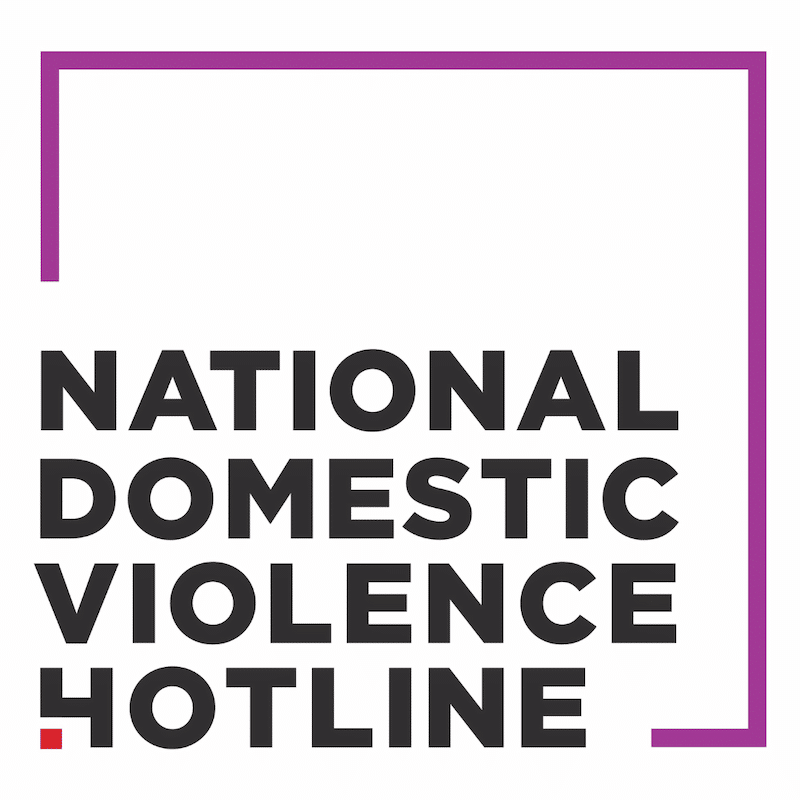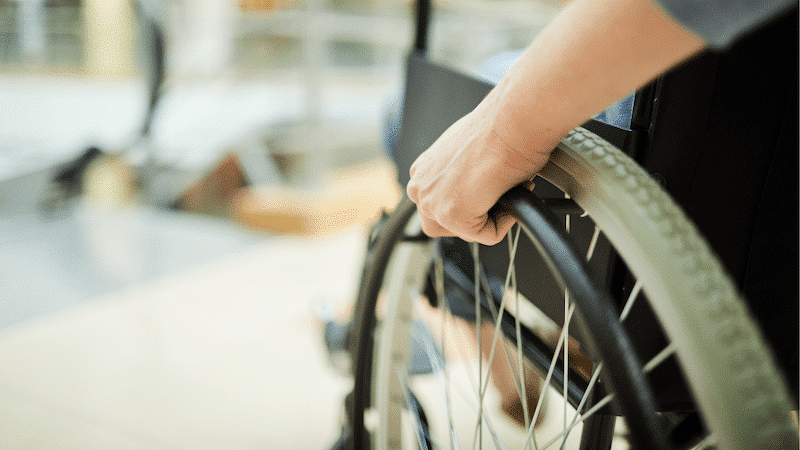Physical Abuse

Abuse is the act of causing harm or distress, in an attempt to exert control, especially for one’s own advantage or pleasure. Physical abuse is when someone causes any intentional physical harm to someone else or acts in physically threatening ways. 42% of men and women have experienced physical abuse by an intimate partner in their lifetime1, along with 20% of LGBTQIA+ individuals2. Abuse is not always perpetrated by an intimate partner. Anyone can perpetrate physical abuse against someone else, no matter what their relationship is.
Physical abuse is not the only form of abuse
When people think of domestic violence or intimate partner violence, they often assume that the abuse is physical. While physical abuse is serious and often the most commonly reported form of abuse, these statistics may be skewed due to response bias, which is when participants of a survey give incorrect or false information. Survivors of other types of intimate partner and domestic violence may not report, because they did not classify what happened as abuse. Physical abuse is recognized more often by others due to physical marks on one’s body or damaged property. It’s important to remember that physical abuse is not the only form of abuse one can experience.
Types of physical abuse
Physical abuse can be either contact or non-contact. It doesn’t have to involve physically harming someone to be considered physical abuse. Behaviors that put someone else’s physical safety at risk are also acts of physical abuse. It is important to note that different jurisdictions have different definitions of what is legally considered to be physical abuse. However, what is and is not illegal does not determine what is right or wrong.
There are many ways someone can physically abuse someone else. The examples given here are not a complete list and are intended to give an idea of the different ways physical abuse can present itself in a relationship. Perpetrators may also do a number of other things not listed here to physically harm or threaten someone else. If a scenario involving threatened or actualized physical harm is not listed here, it does not mean it is invalid as a form of abuse.
Contact Physical Abuse
Contact physical abuse is when someone uses their body or an object to cause physical harm to someone else. Some examples of physical abuse include:
- Pushing or shoving
- Biting
- Pulling hair
- Kicking, punching, or slapping
- Burning
- Throwing an object to hit them
- Choking or strangulation
- Use of a weapon
- Closing a door on a body part
- Knowingly violating physical boundaries
- Harming pets or children
- Knowingly neglecting needs, particularly the needs of a child or dependent adult
Non-contact Physical Abuse
Non-contact physical abuse is when someone puts someone else’s physical safety at risk or physically intimidates someone else. Some examples of non-contact physical abuse include:
- Driving recklessly
- Damaging property
- Throwing objects in the room
- Abandoning in a dangerous or unfamiliar place
- Withholding medications or medical care
- Coercing or forcing to take drugs or alcohol
- Threatening harm
- Charging at or punching, slapping, or kicking in their direction to intimidate
- Kicking out of the home
- Tampering with food or drink
Impact of physical abuse
Both contact and non-contact physical abuse are serious forms of intimate partner and domestic violence that can have a significant impact on survivors. Physical abuse can have long-term effects on a survivor, including but not limited to:
- Short-term physical injuries3
- Bruises
- Scratches
- Cuts
- Long-term physical injuries3
- Gastrointestinal problems4
- Disability5
- Higher rates of mental health conditions and symptoms3
- PTSD symptoms1
- Fear1
Self-defense
Sometimes, victim-survivors may engage in physically harmful acts in order to protect themselves or others from further abuse. These reactions are survival responses, not acts of abuse. However, perpetrators may try to shift the narrative to paint the victim-survivor as the aggressor, a tactic referred to as D.A.R.V.O. In some cases, victim-survivors have been arrested and charged for physically fighting back against the person who is abusing them. Oftentimes, these are victim-survivors of color. Victim-survivors should have the right to defend themselves and others when they are experiencing or witnessing physical abuse.
Physical abuse is abuse
Physical abuse is never okay and does not happen in relationships that are not abusive. While incredibly serious, physical abuse is not the only form of abuse and not all abusive relationships involve physical abuse. If you or someone you know is experiencing physical abuse, you are valid and you deserve support.
Sources
- Leemis R.W., Friar N., Khatiwada S., Chen M.S., Kresnow M., Smith S.G., Caslin, S., & Basile, K.C. (2022). The National Intimate Partner and Sexual Violence Survey: 2016/2017 Report on Intimate Partner Violence. Atlanta, GA: National Center for Injury Prevention and Control, Centers for Disease Control and Prevention.
- National Coalition of Anti-Violence Programs (NCAVP). (2016). Lesbian, Gay, Bisexual, Transgender, Queer, and HIV-Affected Intimate Partner Violence in 2015. New York, NY: Emily Waters.
- Lawrence, E., Orengo-Aguayo, R., Langer, A., & Brock, R. L. (2012). The impact and consequences of partner abuse on partners. Partner Abuse, 3(4), 406–428. https://doi.org/10.1891/1946-6560.3.4.406
- Leserman, Jane PhD; Drossman, Douglas A. MD; Li, Zhiming MD; Toomey, Timothy C. PhD; Nachman, Ginette MD; Glogau, Louise BA. Sexual and Physical Abuse History in Gastroenterology Practice: How Types of Abuse Impact Health Status. Psychosomatic Medicine 58(1):p 4-15, January/February 1996.
- Leserman, J., Li, Z., Drossman, D. A., Toomey, T. C., Nachman, G., & Glogau, L. (1997). Impact of sexual and physical abuse dimensions on health status: development of an abuse severity measure. Psychosomatic medicine, 59(2), 152-160.

988 Suicide & Crisis Lifeline
988 Lifeline is a national network of local crisis centers that provides free and confidential emotional support to people in suicidal crisis or emotional distress 24 hours a day, 7 days a week in the United States. We’re committed to improving crisis services and advancing suicide prevention by empowering individuals, advancing professional best practices, and building awareness.

Domestic Violence Hotline
We are here to serve all those impacted by relationship abuse 24/7 confidentially. Due to high demand, you may experience longer wait times to connect with a live advocate.

The Childhelp National Child Abuse Hotline
The Childhelp National Child Abuse Hotline is dedicated to the prevention of child abuse and has given assistance to more than 2 million help seekers. Serving the U.S. and Canada, the hotline is staffed 24 hours a day, 7 days a week with professional crisis counselors who—through interpreters—provide assistance in over 170 languages. The hotline offers crisis intervention, information, and referrals to thousands of emergency, social service, and support resources. All contacts are confidential.



